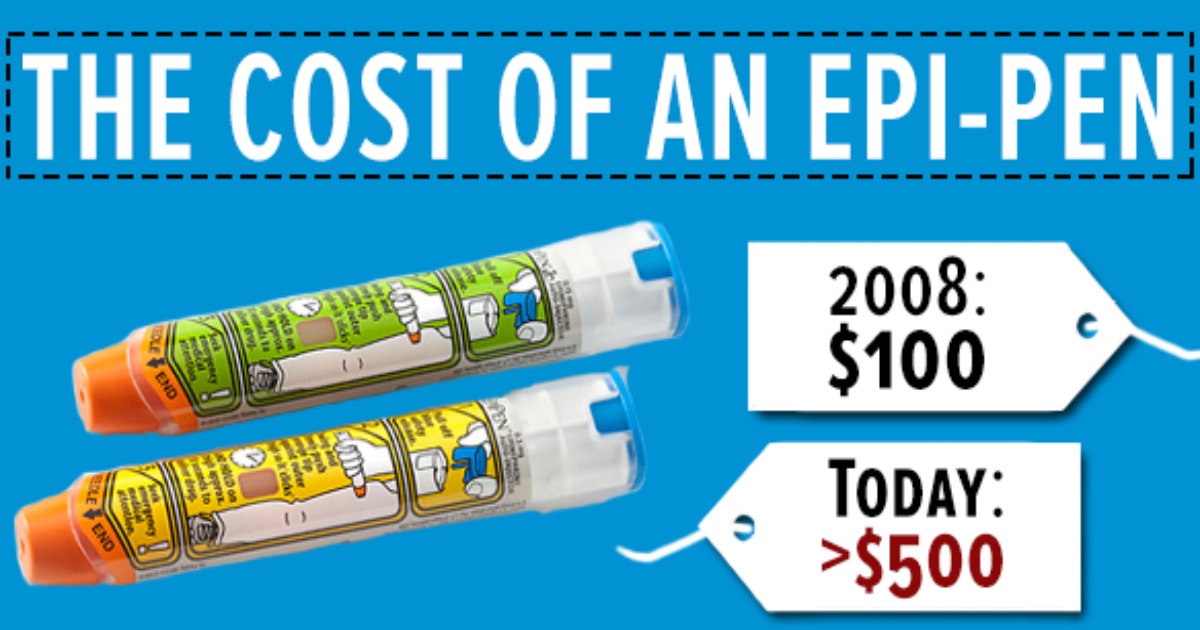It’s no secret that the U.S. has the most expensive and least effective health care system in the industrialized world. The reason: health care in this country remains a for-profit commodity, subject to the whims and vagaries of the “free market.” As a result, the cost of life-saving medical devices and prescription drugs are skyrocketing to the point that some families must spend more on medicine than they do on food. It is a disgrace and an inexcusable state of affairs…and the American Medical Association wants reverse the trend. As a first step toward addressing the issue, the AMA recently voted in support of banning all direct-to-consumer advertising of health care products and services.
Advertising and marketing represents a huge expense for corporations involved in health care. These expenses are not only passed on to the consumers, they are also deducted from corporate tax returns as a cost of doing business. One of the biggest concerns in the medical community, however, is how the explosion of advertisements is literally creating artificial demand for expensive (and more profitable, though usually less effective) treatments, when less expensive (and often, more effective – if less profitable) treatments are available.
If you think that advertising has gone on steroids in recent years, with Corporate America assaulting us with commercial ads virtually everywhere we go, you’re not imagining it. Nowhere is this more true than in the for-profit health care industry. Since 2013, Big Pharma’s advertising and marketing budgets have gone up by nearly a third; currently, that figure is at $4.5 billion a year. Not only are these ads expensive and aggressive, they are often misleading in subtle ways. For example, Janssen’s advertising for the Type-2 diabetic drug Invokana indirectly implies that it is also suitable for weight loss and the treatment of high blood pressure (earlier this year, Public Citizen called upon the FDA to put a stop to this type of deceptive marketing).
Overall, the medical community is concerned about the overall effects of aggressive and often misleading direct-to-consumer marketing by the health care industry. Dr. Patrice Harris, newly-elected AMA chairperson, points out several problems that have come about as a result:
Direct-to-consumer advertising also inflates demand for new and more expensive drugs, even when these drugs may not be appropriate…Physicians strive to provide the best possible care to their patients, but increases in drug prices can impact the ability of physicians to offer their patients the best drug treatments. Patient care can be compromised and delayed when prescription drugs are unaffordable and subject to coverage limitations by the patient’s health plan.
Dr. Harris adds, “In a worst-case scenario, patients forego necessary treatments when drugs are too expensive.”
The new policy is also calling for greater transparency in drug pricing in relation to costs. In most cases, a medication that costs only pennies to manufacture is sold at thousands of times that amount. Drug makers defend this practice by citing the cost of research and development. That excuse doesn’t really fly, however. Often, drug research is carried out at public universities and other taxpayer funded facilities.
Another factor in the rapidly-escalating cost of prescription medication is the lack of competition. As the law now stands, a pharmaceutical company has a lock on a drug patent for 20 years from the date it is first developed. However, that includes the time it takes to carry out clinical trials and seek market approval (because of this, the Hatch-Waxman Act grants an additional five years). Nonetheless, Big Pharma is not above engaging in legal maneuvering and abuse of these regulations in order to stifle competition from producers of generic versions. The AMA will be calling on lawmakers to enact patent reforms as well as keep a closer eye on industry mergers and acquisitions, which also affect drug costs and reduce competition.
The AMA is looking to create a system that balances “incentives” with what is best for consumers. However, when it comes to health care, profit is absolutely the worst incentive. It’s an incentive that has literally been injuring and killing hundreds of thousands of people. Unless the profit motive is removed from health care – as it has been in virtually every other industrialized nation on earth – very little will change. The AMA’s recent moves to ban direct-to-consumer advertising and create greater transparency and competition in the industry are a good start – but they don’t go nearly far enough.



